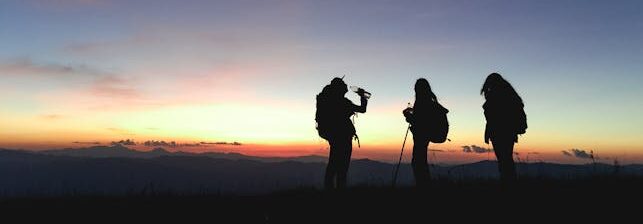
Water is your best friend when hiking. Your body is like a well-oiled machine, and water is the oil. It keeps your muscles working, your brain sharp, and your energy levels high.
When you’re hiking, especially on a hot day, your body loses water faster than you think. Sweat, even if you don’t feel it dripping, means you’re losing fluids. If your water intake doesn’t match what you’re losing, that’s when dehydration kicks in. This isn’t just about feeling thirsty. It can lead to headaches, dizziness, and in severe cases, heat stroke.
On the flip side, staying hydrated keeps you on top of your game. You’ll notice you can hike longer, think clearer, and even recover faster after your adventure. Plus, water helps to regulate your body temperature, keeping you cool when the sun’s blazing and warm when the temperature drops. Being well-hydrated is like having an upgrade for your body – improving endurance, mental clarity, and overall happiness on the trail.
After 40 years of hiking, I have developed my tactics on how to stay hydrated on a hike. So let’s jump in and let me share them with you. While I’m an experienced hiker, I recommend you seek advice from a health care professional regarding your specific hydration needs.
Planning and Preparing for Hydration Needs
Before stepping onto the trail, it’s crucial to plan how much water you’ll need. Think about the length of your hike, the weather forecast, and even your body’s needs. As a general rule, aim for a quart or 0.9 L of water per hour of hiking. Longer, more intense hikes, especially in hot or dry conditions, might require more.
Water Bottles or Hydration Bladders?
The debate between water bottles and hydration bladders is real.
- Water Bottles: Water bottles are sturdy, easier to clean, and you can see exactly how much you’re drinking.
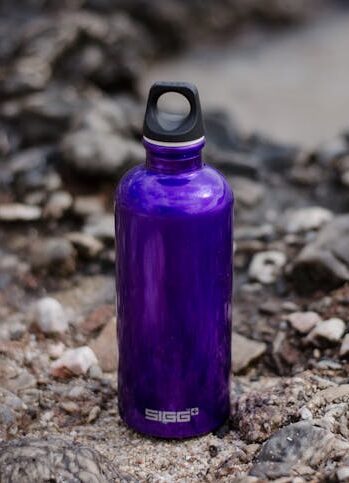
- Hydration Bladders: Hydration bladders, on the other hand, let you sip as you go and distribute weight more effectively. I’ll let you in on my tip for keeping my water bladder clean. When I get home after a hike, I rinse it out and empty it and then store it in the freezer. By doing this I never have to worry about drying it and mold developing in it.
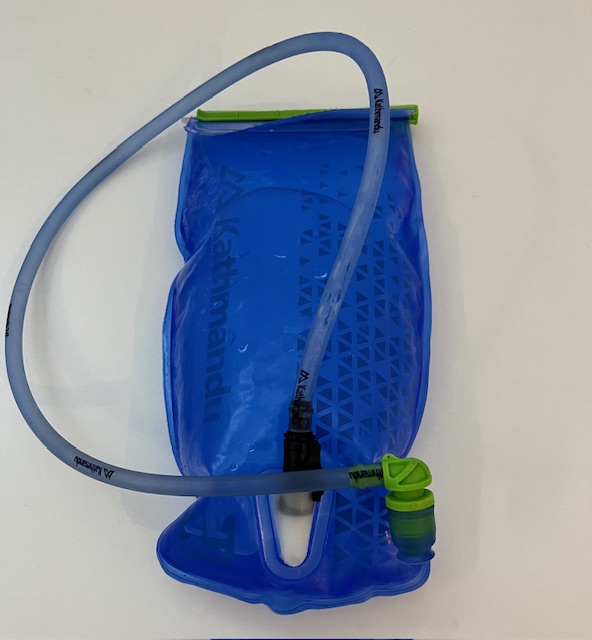
I’ve tried both and my preference is a hydration bladder. Why? I find I drink more when I can sip as I go, rather than having to stop and get my water bottle out. After trying a few brands, I have my preference. You can readmy product review here.
Water Filters and Purification Tablets
Another biggie? Water filters and purification tablets. Streams and rivers might look crystal clear, but they’re not always safe to drink from. Having a good quality water filter or purifying tablets can save you from a nasty stomach bug. They’re lightweight, easy to use, and worth every penny.
Mineral Salts and Electrolytes
Lastly, consider electrolyte solutions or adding mineral salts drops to your water. Hydration isn’t just about drinking water. Electrolyte drinks or tablets can replenish vital mineral salts lost through sweat. They can also help prevent muscle cramps and keep you energized.
My preference was good old Himalayan salt which I added to one of my water bladders. Yes, I usually take two water bladders, one with plain water and one with salt. Well that was until I discovered LyteShow Electrolyte Supplement, which suits my ketogenic lifestyler
Hydration Strategies During the Hike
Hydration Before You Start
- Your hydration strategy should start before you hike. You’ve been sleeping all night, your body will already be dehydrated. I drink at least a litre of water before I leave my home. You don’t want to start your hike with your body already dehydrated.
Hydration While Hiking
- Staying on top of hydration once you’re out on the trail is where the real magic happens. The key is consistency. Taking small sips regularly is better than chugging a whole bottle at once, which is why I prefer a hydration bladder. If you’re using a bottle, setting a reminder on your watch or phone to take a drink every 20 minutes can be a game changer.
- Pay attention to how your body feels. If you’re starting to feel thirsty, you’re already on your way to dehydration. If you notice any signs like a dry mouth, dark urine, light-headedness or headache, it’s time to stop and drink more.
- Don’t forget to adjust your hydration based on the climate and trail conditions. On hot, sunny days, you’ll need more frequent sips. Are you walking in the shade or exposed to the sun? In cooler weather, it might be tempting to drink less, but your body still needs those fluids.
According to Dr Emily Harold a sports medicine specialist at the University of Utah Orthopedics Center, on hot days you may not realise how much you are sweating as your sweat dries quicker. You can listen to the full interview with her.
Keep an eye out for natural water sources, but don’t rely on this for your water supply and always purify before drinking. If you come across a stream or river, use your portable filter or purifying tablets to refill your bottles or bladder. Nature’s got your back, but it’s on you to make it safe.
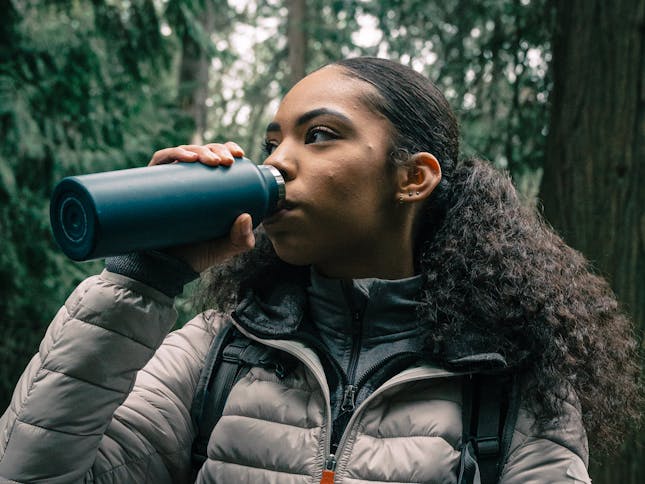
Post-Hike Hydration and Recovery
After you’ve wrapped up your hike and are back at base camp or home, your body still needs care. Rehydration doesn’t stop at the trail’s end. Start by drinking water slowly to allow your body to absorb it efficiently. A big gulp might feel good but sipping steadily replenishes your stores more effectively.
Post-hike hydration isn’t just about water, too. Balance it out with a proper meal. Think of foods rich in water content, like fruits and vegetables. They provide hydration and essential nutrients for recovery. Throw in some protein and carbs to help repair muscles and replenish energy.
Keep an eye on how you’re feeling for the rest of the day. Dark urine is a sign you need more fluids. Headaches or feeling fatigued can also be dehydration flags. Trust how your body feels and respond accordingly.
Maintaining a hydration habit even off the trail keeps you in good shape for future adventures. Drink water throughout the day, eat hydrating foods, and listen to your body. This lays a solid foundation for your next hike, making each one more enjoyable and safer. Happy hiking!
Have you ever experienced dehydration while hiking or exercising? Share your experience here.
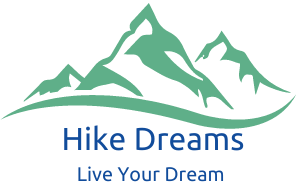
Hello Lyn
I like that your article offers valuable tips that are both practical and easy to follow, making it a must-read for hikers of all levels. The advice on starting hydrated and bringing enough water is essential, while the suggestions for using electrolyte-rich drinks and identifying early signs of dehydration provide a well-rounded approach to maintaining hydration on the trail. Including a question at the end about readers’ favorite hydration strategies could further engage the audience. Overall, it’s a well-structured and informative piece that encourages safe and enjoyable hiking experiences.
I used to struggle with dehydration on longer hikes because I wasn’t drinking enough water or didn’t have a good system for tracking my intake. The tips about carrying a hydration pack and drinking regularly are game-changers. I started using a hydration bladder and found it so much easier to sip throughout the hike. Do you have any advice for staying hydrated on really hot hikes or when you’re covering a lot of miles?
Hi Andy, if hiking on hot days you really need to have more water. If you are hiking near a water source you could use tablets to purify the water or a drink bottle with an inbuilt purifier. I would also suggest taking extra salt or purchasing concentrate mineral salts.
You covered all the essential tips, from how much water to bring to recognizing the signs of dehydration, and you made it easy to understand for hikers at any level. I really liked how you emphasized the importance of starting the hike well-hydrated and staying consistent with water intake throughout the journey. That’s such crucial advice, especially for those long hikes where it’s easy to forget to drink enough.
I was particularly interested in your recommendation to use electrolyte tablets or drinks to maintain balance, especially in hot weather. Do you have a favorite brand or type that you find works best? Also, I was curious about your thoughts on hydration packs versus water bottles—do you think one is better than the other for certain types of hikes? This article is packed with practical advice, and it’s definitely got me rethinking how I prepare for my next hike!
Hi Bob, I use Biotrace CMD (concentrated mineral drops) I buy tghem online. I like them as there is no added sugar or glucose. I perfer a hydration pack as I drink more when using one as I don’t have to stop asnd find my water bottle.
We, as a family like our outdoor pursuits and maintaining hydration is a key part of the activity. It is good to hear the promotion of electrolytes and salts as this is something that has helped in recent times during more challenging routes. The tips alluded to here are in invaluable and something every ‘outdoorer’ should read and transfer.
This is an interesting article. I realize that you lose more water when you exercise and hike than you realize, but I don’t think we realize just how much we need to hydrate.
I was also interested to read that you add salt drops to your bottles. I always thought that would make you more thirsty, but it makes sense that your body needs the salt and minerals to make up from what it is sweating out.
Michel, Thanks for your comments. Adding salts seems counter-intuitive but if you’ve been sweating heavily and you lick your skin, it is salty. If you don’t replace the salts such as sodium, magnesium, potassium and others you can cramp.